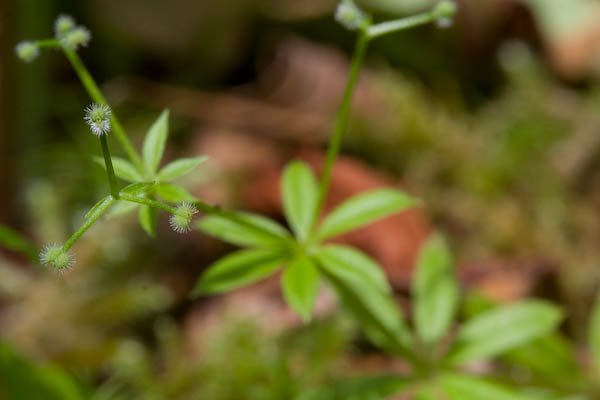
Sweet-scented Bedstraw
Galium triflorum
This is a fairly common plant along Indian River. I also noticed it growing abundantly along the road between Herring Cove and Bear Cove. It’s common name comes from the sweet smell it has when bruised. The smell comes from coumarins the plant produces.
Other Photos
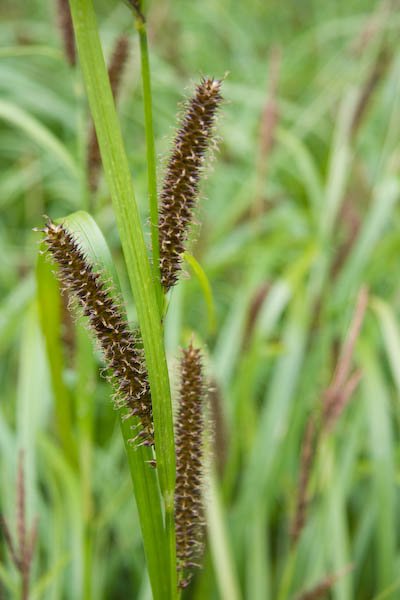
Beaked Sedge
Carex rostrata
I’m not absolutely confident in this identification. There are probably about two dozen species of Carex in the Sitka area. Many of them look somewhat similar, and good photos are sometimes hard to find. These particular plants were growing in a low spot near the bike path out Sawmill Creek Road. It was not an area where there was standing water, though I suspect in wetter conditions there might be.


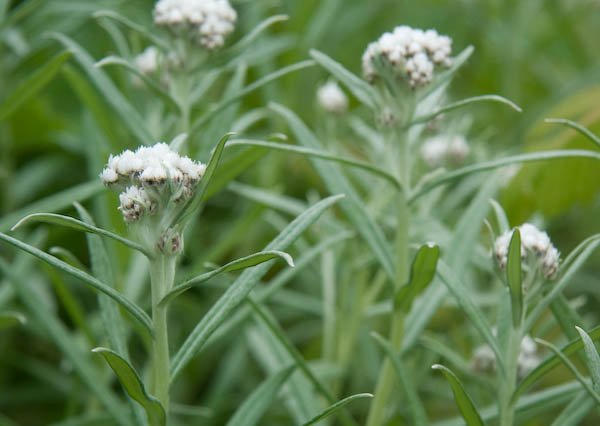
Pearly Everlasting
Anaphalis margaritacea
I have only ever noticed this plant growing along roads, so it must not mind disturbed areas with lots of light. I am not sure where or how often it can be found in areas of non-manmade disturbance.

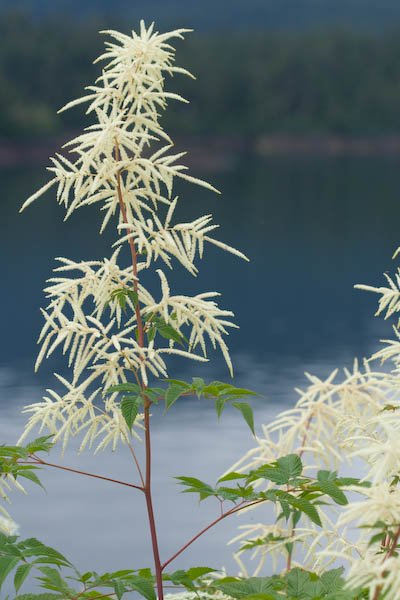
Goatsbeard
Aruncus dioicus
This plant favors disturbed areas, and is quite abundant along some roadsides, where I most often notice it. I’ve also seen it growing along streams.



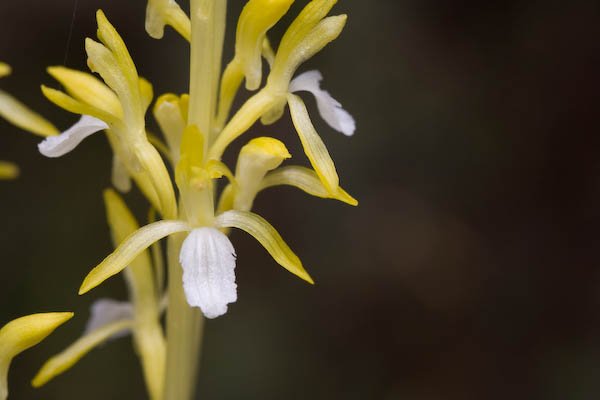
Merten’s Coral-root
Corallorhiza mertensiana
This species is fairly common in the woods around Sitka. They lack chlorophyll, instead drawing their nutrients through association with fungi (at least that is what I assume mycotrophic means). These photos are not representative of the typical color form of this orchid. In fact, though I have seen variation in how dark the flowers and stems are, this is the only time I have ever seen a white and yellow version with none of the typical pink/purple coloration in evidence. This apparently means they are free of anthocyanin.

Other Photos











